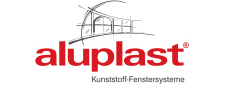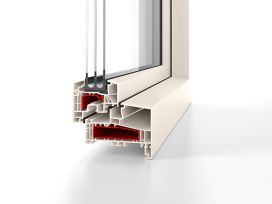- Phone: 59/ 858 95 55
- biuro@jrokna.com
- Open 8:00 am - 4:00 pm



In harmony with Dutch architecture
The new IDEAL 7000 NL systems are perfectly suited to the Dutch
style. The NL systems fit the 120 mm frame depth typical for the
Dutch market, which can be combined with various sash variants
with a width of 85 mm. Very wide frames, equipped with external
rebates, allow for easy and aesthetic installation of windows in
a building made of face brick (clinker) without additional
masonry work.
Warm, warmer ...
The new Blockprofile NL 85 mm systems are a response to the
requirements in terms of thermal transmittance of windows and
doors, which are gradually tightened all over Europe. New
constructions, incl. thanks to the use of wider sashes, enabling
the use of glazing units with a width of up to 51 mm, they
enable excellent thermal parameters of windows to be obtained.
On the other hand, the profiles themselves with a heat transfer
coefficient of Uf = 1.0 - 1.1 W / m2K are at the forefront in
terms of thermal insulation. The folding width of the frame /
sash profiles of only 113 mm allows the maximization of glazed
areas, which is also in line with current design trends.
Attractive design
The new systems were developed based on the Aluplast philosophy
of system development based on variants with outer (AD) and
middle (MD) seals. They are characterized by a varied design. A
bit more traditional, perfectly matching the current market
requirements, Ideal 7000 NL with 15-degree slants.

The power of technology
Steel reinforcements of large dimensions enable
the construction of large windows, while maintaining
static requirements. Thanks to the Multifalz technology,
in both systems we also have the option of using the
glued glass technology. The new geometry of the glazing
rebate allows not only conventional glazing, but also
the gluing of glass panes. The optional use of the glass
bonding technology allows for even greater stability of
the windows. Due to the permanent bonding of the glass
and the sash, the risk of warping, bending and
subsidence of the sash is reduced, thus extending the
life of the sashes without the need to adjust them.